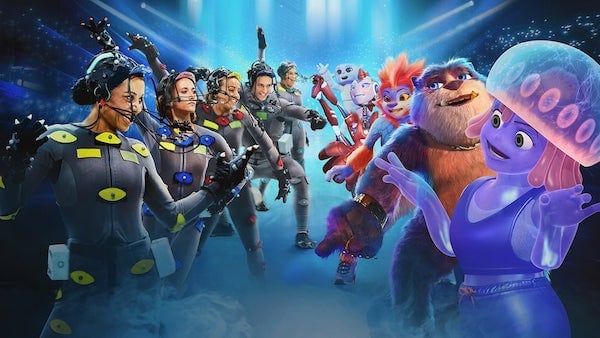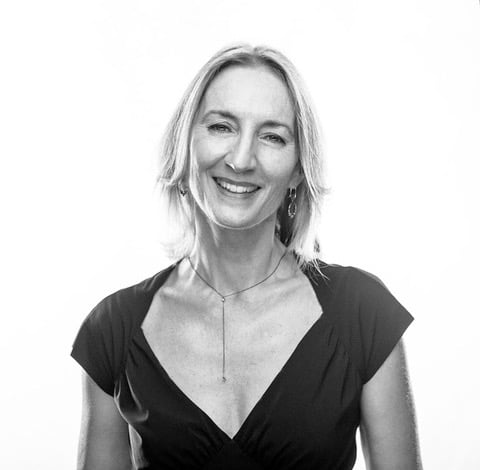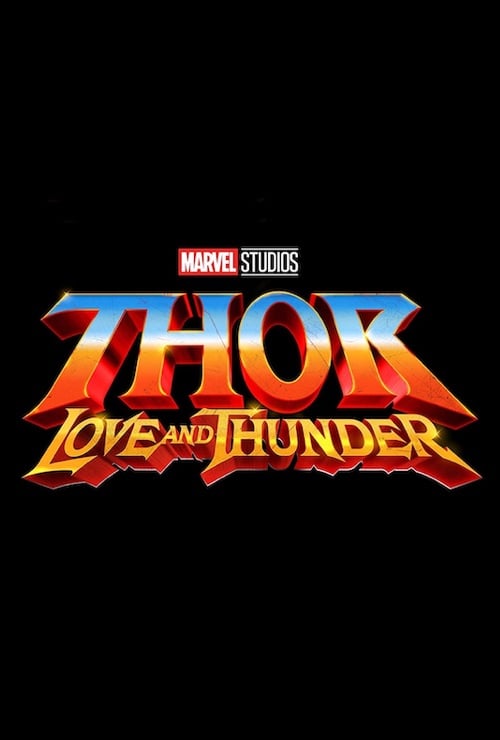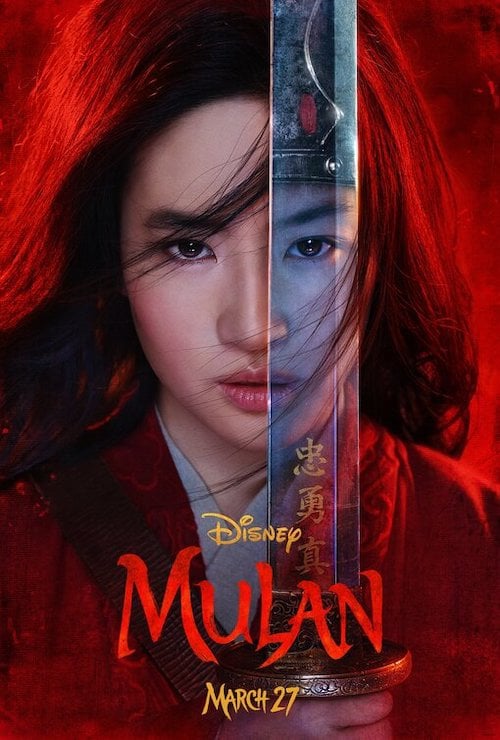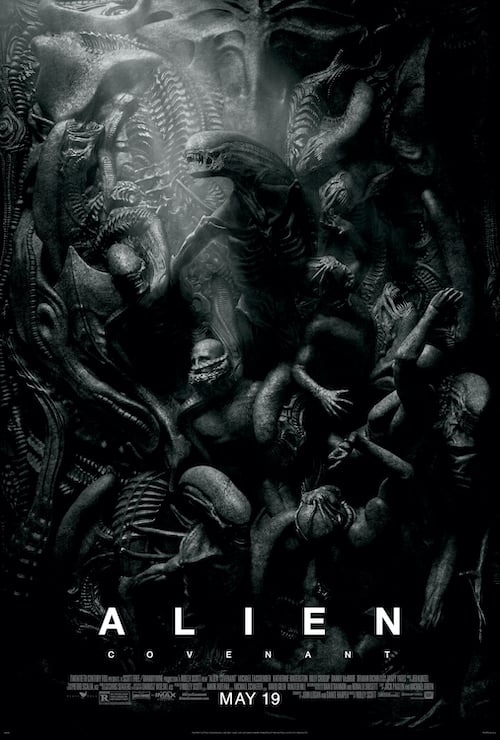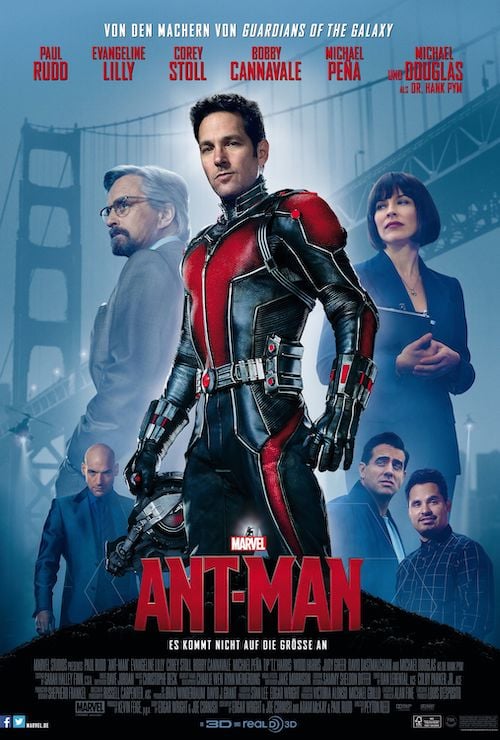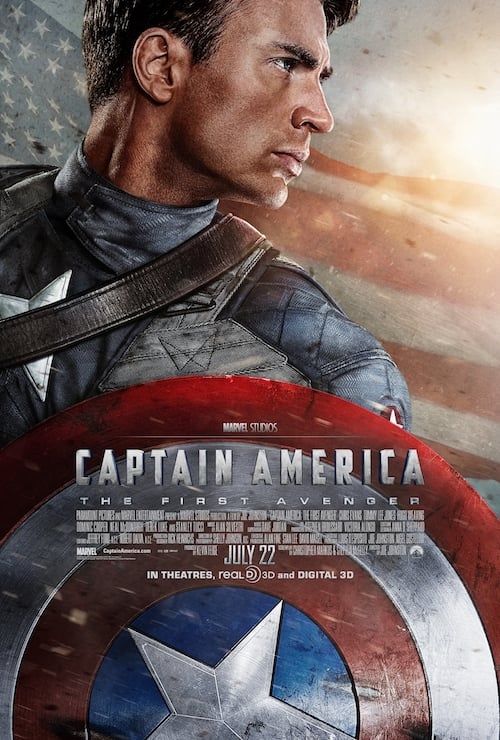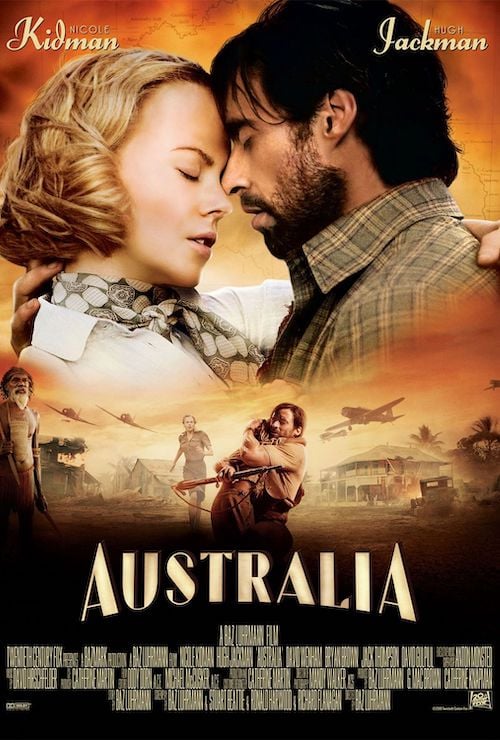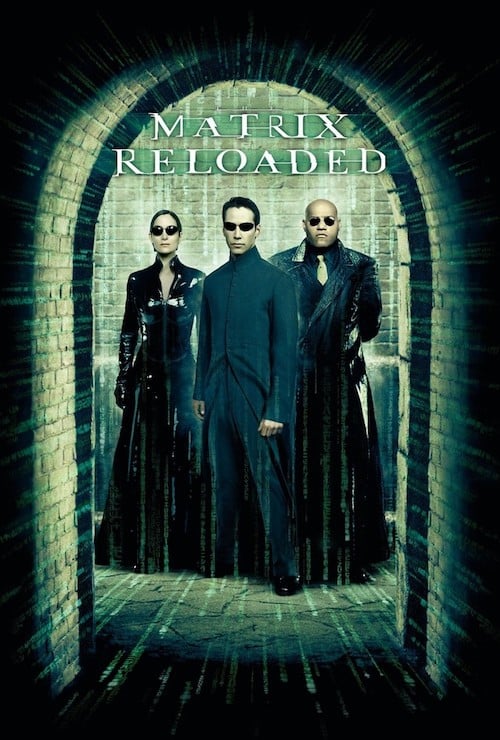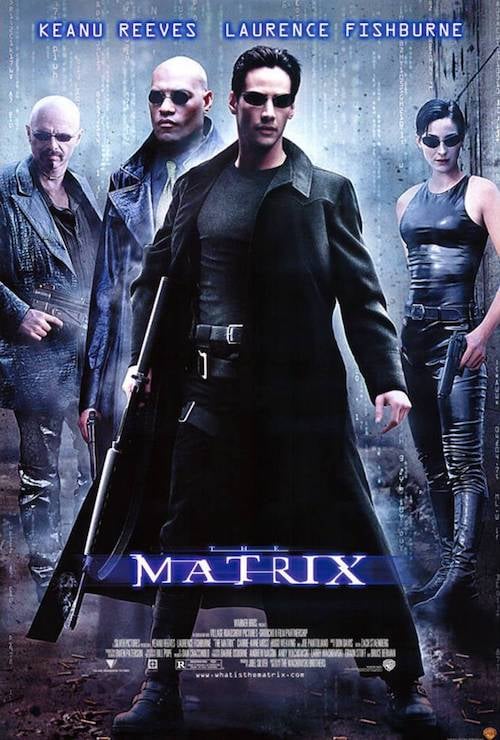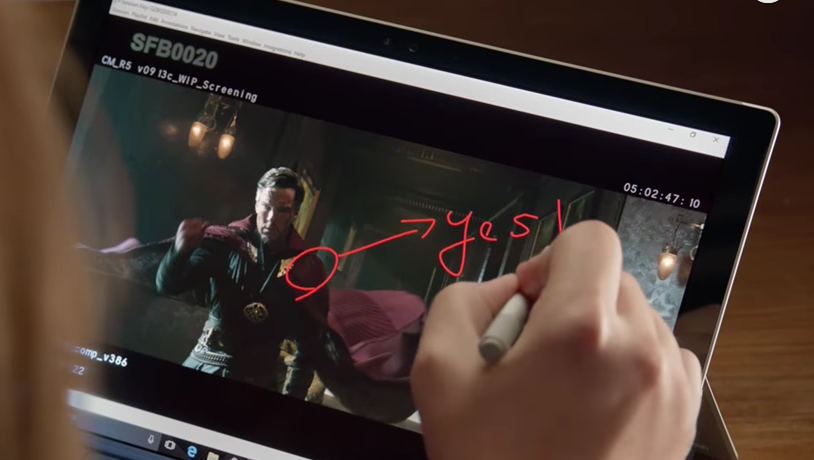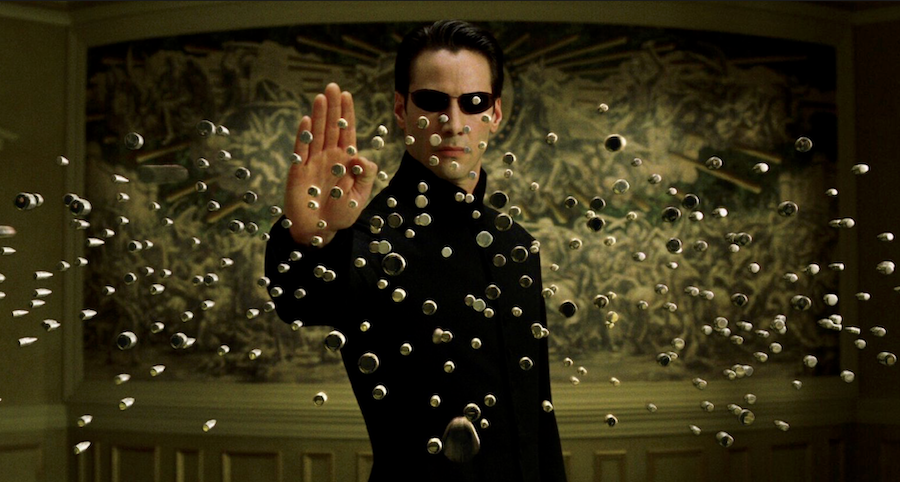From The Matrix to Mulan, Di Giorgiutti’s career in visual effects spans an impressive 40 years. Below, we discuss what Di’s seen change over those four decades, her work on the Wachowskis’ era-defining trilogy, and how the industry might react to the new remote workflows imposed by COVID-19.
You’ve worked in the visual effects industry for an impressive 40 years. Can you tell me a little about your memories over that time?
It was 43 years ago when I walked out of a Sydney cinema screening of Star Wars: A New Hope. I turned to my sister and said: “I’m going to do that. I will figure out a way.” Little did I believe I would land where I am today. I had no idea what my path would entail. I just knew what I wanted and that I had to figure out a way to get there. I drove myself hard, working out how to crack into a very technical (and male-dominated) arena.
After my first couple of jobs, my path evolved naturally. It was gut instinct that landed me my first big Hollywood experience, for instance, on The Matrix. At that time, I had worked 13 years in the industry in Sydney and had lived and worked in London for five years, where I owned an Avid company and performed freelance VFX production for Rushes. (Which was owned by Sir Richard Branson at the time.) The Matrix call came in while I was in London, and within a week I was off to Sydney to join the Wachowskis’ show, which had been shooting for three weeks.
The first Matrix always has and always will remain my measuring stick for every experience afterward. Back then (22 years ago), onset technology was just starting to gear up, and the team collected for Matrix were some of the best brains in the industry. The work they achieved was simply phenomenal.
One day I will write a book on my years in the industry. If only a handful of people were to read it, I hope my experiences would encourage them to pursue their dreams, whatever they may be.
The industry has recently undergone significant changes. Is VFX prepared for the new wave of remote working imposed by COVID-19?
Yes. I believe we were unknowingly ready for the new remote gears we’ve had to switch to. Outside of the shooting phase, VFXers already work remotely during prep and post (and with vendors all around the world). cineSync is one tool on which we all depend. It’s easy to combine cineSync with other remote tools to keep productions flowing smoothly.
On the studio side, while working from home, we’ve adapted to internal meetings and daily catch-ups using video conference. It’s proven just as effective as if we were all in the office. Weirdly, in some ways, it makes us more efficient.
On the VFX vendor side, Disney/Marvel has been fantastic in working with vendors. The studio helped facilities to restructure so that all staff could work from home, and it took just a week to achieve. It was just incredible to watch!
Could you offer any tips about working remotely in the context of visual effects?
The two best pieces of kit are cineSync and a video conferencing app (Blue Jeans vs. Zoom, vs. Google Hangouts). A good internet connection goes without saying, which most people have these days.
Texting has also become the quick-fix way to communicate between vid confs and the likes. (It’s also an excellent tool for communicating during vid conferencing.)
Do you think COVID-19 and its impact will change how we think about VFX production?
I’ll be keen to see what happens once we return to normal. Will the new way of working see more directors, production execs, and the likes now wish to work remotely and from home? And artists too? It will be interesting to see!
Some for sure will prefer the remote approach, and in all honesty, it’s easy enough. But a lot of us love the people interactions too. I think most productions will want to get back to the in-person meetings and sessions. And of course, we all have to be physically present for shooting.
For VFX vendors, I imagine it’s a little harder to manage each artist’s time remotely and stay on top of productivity. It’s still doable, though, depending on each artist’s preferences on remote working and the lack of social interaction that brings.
Bullet-time in The Matrix – still impressive two decades on
Let’s go back to The Matrix. Can you please discuss your experiences on that film?
One of the best experiences was managing and producing the bullet-time shots. We’d seen bullet-time before, but not with the subject moving. These days you can achieve the process in the box, but back then, it was a real rigmarole. We did four bullet-time shots on a single day of filming. There were 120 stills cameras in an array, with a Vista Vision film camera in portrait at either end of the stills cameras. I had to get all the stills cameras loaded with feature film stock (a special process achieved via the local lab in Sydney). Then I had to create a form to track every stills camera and the frame landed on after each take (and each take required a reload of all stills cameras). After that, I had to take every precious roll to the lab for processing. Not dropping the can full of those rolls had me sweating. I was a protective mother of all those little babies!
There was a good three months of planning to design each camera move and build the stills camera rigs, not to mention up to six months of post work per shot, and bringing all the elements together in post. When I think back, I can’t even remember how we did it all. The excitement of achieving something different and new just fueled us. And we did it all while shooting everything else at the same time!
I often describe the VFX family we had on the first Matrix as a bunch of young people figuring things out as we went. Of course, there was a LOT of prep and thinking ahead, but there were days where things did not work, and you had to adjust on the fly. I dived into the mix and just went for it to survive. I had some of the best people around me, and I never hesitated to ask questions (and thankfully always received answers with a smile). There is nothing like jumping in and just going for it. I’ve never looked back!
What post-Matrix films have you worked on that stand out as favorites?
Australia, and then a few years later, Ant-Man, presented a ton of interesting, but very different, challenges. Australia was an epic, broad-sweeping period film with lots of invisible visual effects. Ant-Man, meanwhile, was doing new and exciting things with its macro world. I could not have had two more opposing work experiences, going from the wide-open spaces and epic thinking of Australia to a few years later thinking through Ant-Man’s tight, tiny environments.
Are you able to talk about your work on Mulan?
I can mention what a joy this project has been for me. It was not only my first time working with a female director in Niki Caro but also a story with which I can relate. I was a bit of a tom-boy growing up, so I see a little of myself in Mulan, going to fight in battle on behalf of her father. What person doesn’t want to be a warrior!?
The film is also another sweeping narrative of a time steeped in history replete with invisible VFX. Hopefully, audiences will not be able to recognize the work we have carried out in the movie. Nothing brings us VFXers more pride than audiences becoming totally lost in a story.
Di’s most recent project, Mulan, recently delayed due to the impact of coronavirus
How have you found the discipline of VFX production to change over the last two decades?
I find the core skills to be the same, but perhaps some of them are a little easier to deal with due to handy new tools and software. Two tools I’ve always used, and can not see this changing in my lifetime, are good ol’ Excel and a FileMaker Pro database.
One thing that does stand out from 20 years ago, which has somewhat changed one’s skill set as a producer, is that there were no rebates 20 years ago. These days it’s quite often the rebate that drives where you do the VFX work. A big challenge is figuring out a way to balance work using VFX facilities without or with lower rebates with those that have higher rebates. You need to align the look of the work with reasonable cost, which is what the studios want.
What excites you most about the VFX industry today?
That anything is possible! Everything is up for grabs.
We VFXers always love a challenge and continually seek to better ourselves. After each show or experience, you take a look back and assess how you could have done something better, faster, in a less stressful way, and even maybe cheaper. That reflection makes you strive for improvement on each new show, and it’s driving so much innovation.
The future, in my opinion, is close-up CG human shots. We get away with a shot or two here and there but not several in a row. But we are close. From some personal insights I’ve recently witnessed, we are on the verge of the best face replacement work to date. I plan to keep a close eye on this, as face replacements have rarely convinced me in the past. That’s about to change.
Real-time animation is also fascinating! We’re starting to see some impressive things feeding into and out of the game engine world. Real-time will lead to a faster way of previzing storytelling well ahead of shooting. That process will allow filmmakers to try out more versions of a sequence ahead of time. Perhaps that will mean less time in post trying to re-find a cooler approach.
Is there anyone you would like to shout out who has supported you over the years?
Many people! (And those of you who read this will know who you are). A few key ones to name out loud are Janek Sirrs, for his patience in teaching me and taking me under his wing during the first Matrix. Kim Libreri for his brilliance and for showing me some of the most mind-bending things. The Wachowskis for the best experience ever, and one that I will treasure always. And Victoria Alonso, for taking a chance on an Aussie gal and believing in her.
As an industry veteran with over 40 years of experience, what is the main advice you would give to other producers out there today?
Be patient, kind, and thoughtful of others. Everyone is human and needs some wiggle room. The mood and tone of a team stem from the top – if you look after your peeps, they will look after you. The same goes for the VFX vendors out there. They are equally important. Without the vendors and the talented artists within, we would not have the movies we have today.
Transparency is always a good rule of thumb too. Not too much, but enough to keep everyone properly and well informed. To be well informed is to be well-armed for whatever may come your way!
Try cineSync today
Collaborate remotely with cineSync the only review platform that offers hi-res, hi-framerate real-time sync.
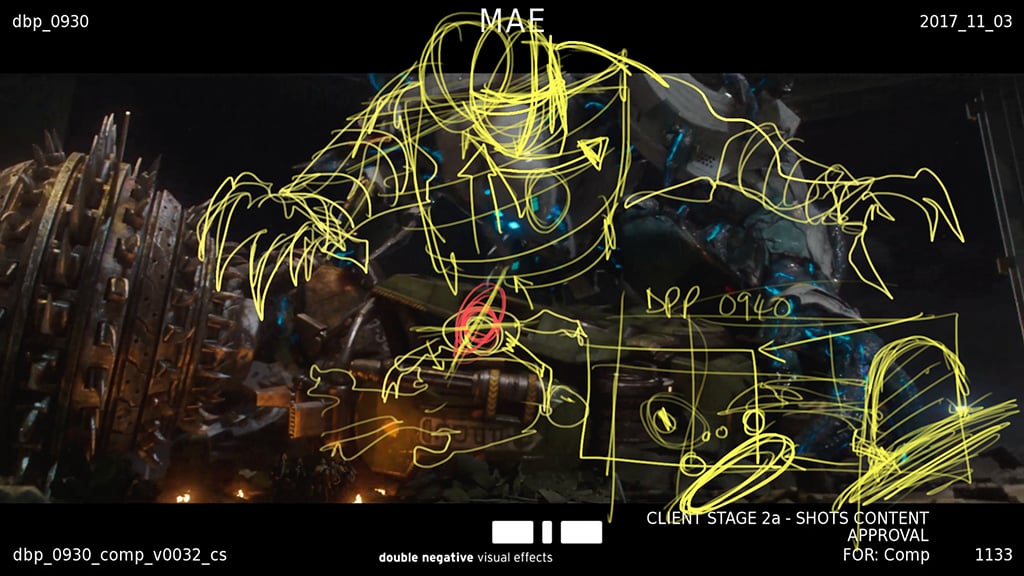
More from the blog
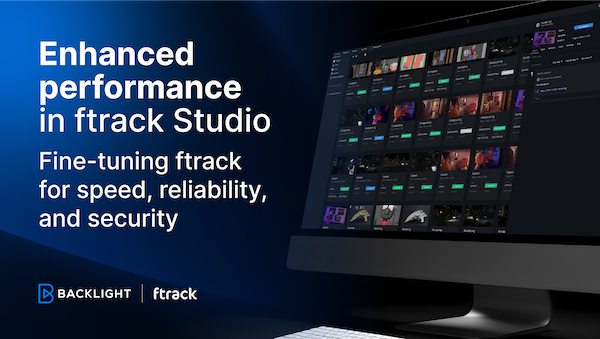
Enhanced performance in ftrack Studio: Fine-tuning for speed, reliability, and security
Chris McMahon | API, Developer, New features, Product, Productivity, Studio | No Comments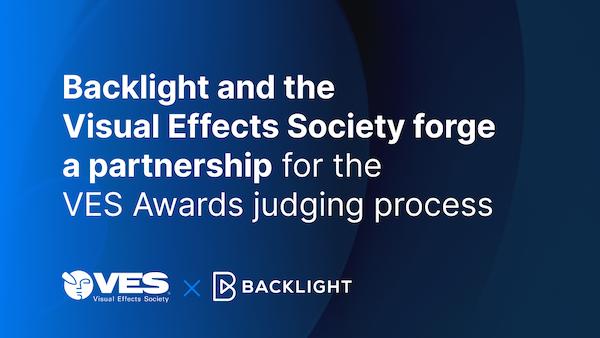
Backlight and the Visual Effects Society forge a partnership for the VES Awards judging process
Kelly Messori | Case Study | No Comments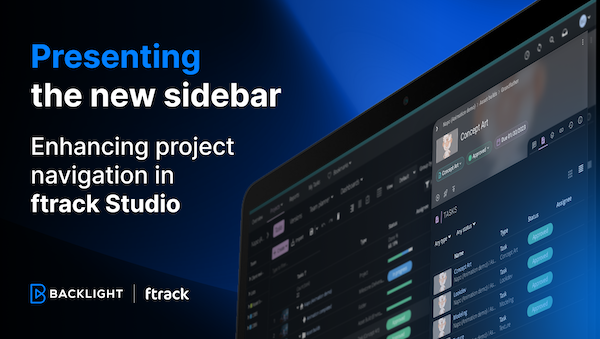
Presenting the new sidebar: Enhancing project navigation in ftrack Studio
Chris McMahon | New features, Product, Release, Studio | No Comments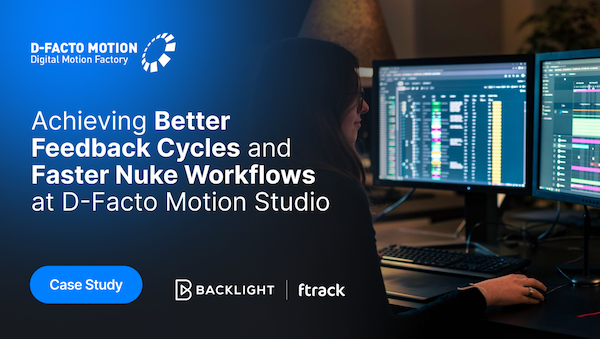
Achieving Better Feedback Cycles and Faster Nuke Workflows at D-Facto Motion Studio
Kelly Messori | Case Study, Studio | No Comments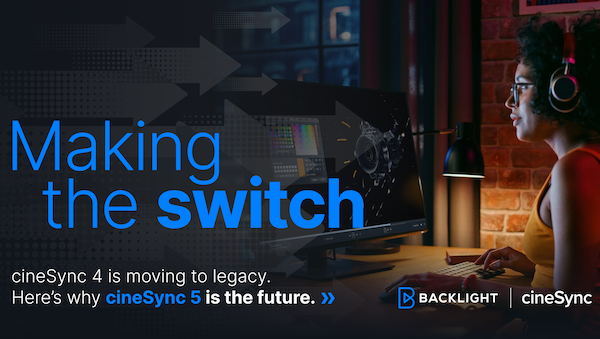
Making the switch: The transition to cineSync 5
Mahey | Announcements, cineSync, News, Product | No Comments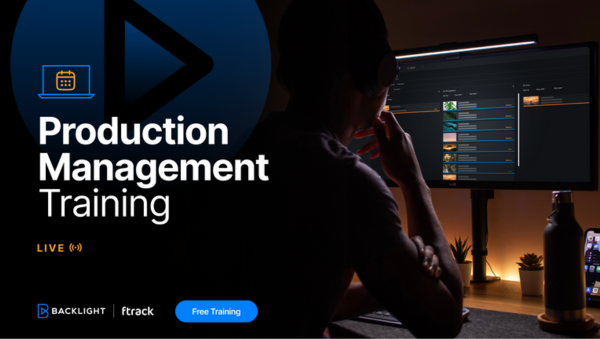
Supporting Your Studio: Free ftrack Studio Training and Office Hours from Backlight
Kelly Messori | News | No Comments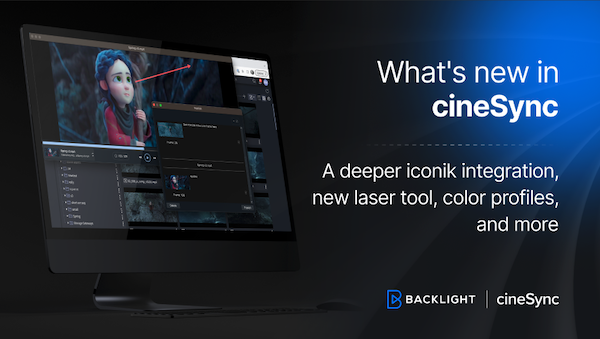
What’s new in cineSync – a deeper iconik integration, laser tool, OTIOZ support, and more
Chris McMahon | cineSync, New features, Product, Release | No Comments